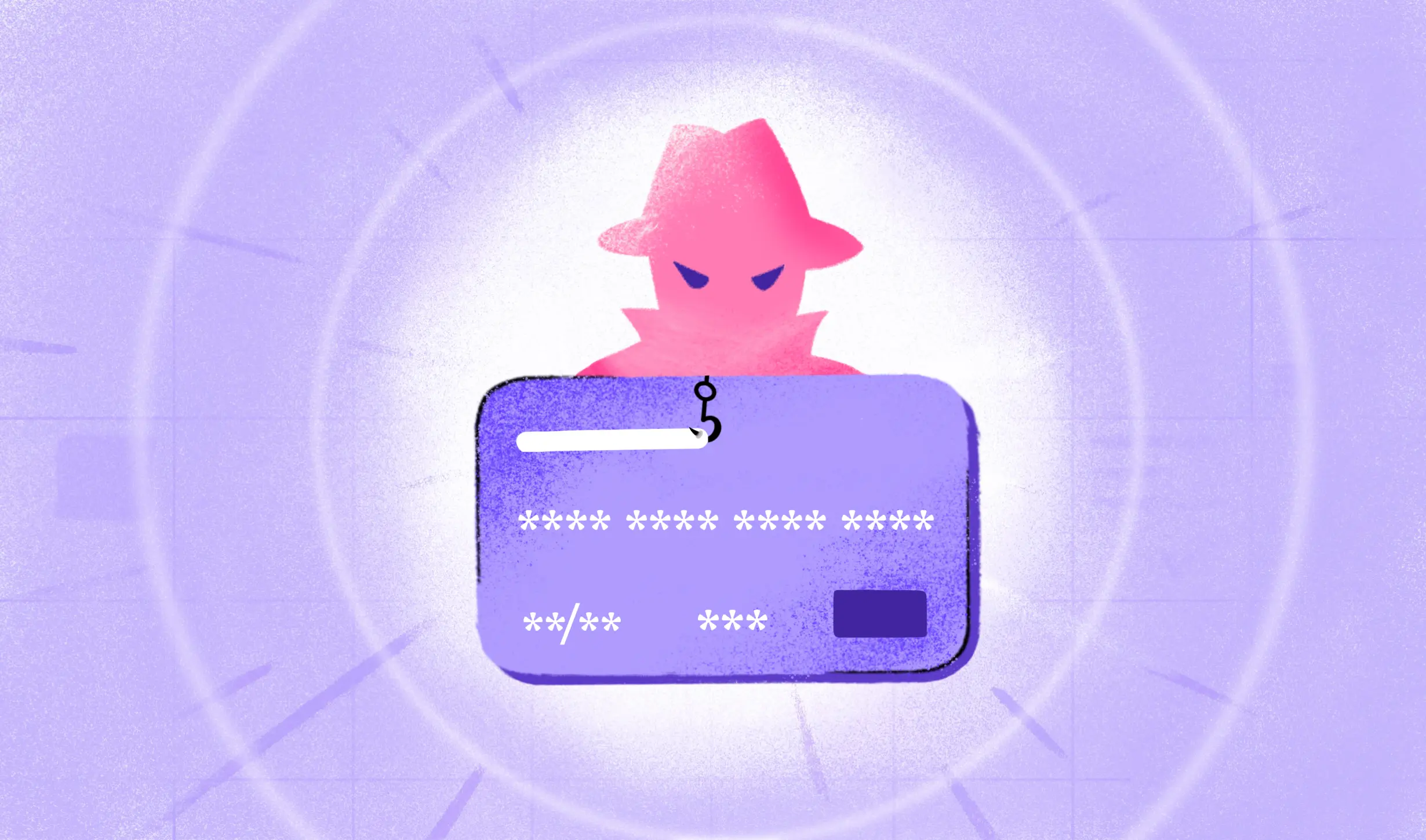In order to maximize profits, digital lenders need a way to onboard customers easily and at scale. Onboarding a customer need not be a chore for the lender or the customer. In fact, it can be a very pleasant experience for both of them. A customer journey starts with an enquiry, is followed by a purchase, and ends with conversion, further contact, and goes beyond that with customer testimonials and shares. Customer onboarding is the first part of this journey where the customer is introduced to the brand. The first impression is the best impression, and companies today are looking to better that so that the subsequent touchpoint interactions are easy and also fall in place. Remember, a great customer onboarding process is not just about delight, it’s about educating the customer, offering alternatives to solutions, and providing support.
Customer Onboarding is Important for your Organization
Customer onboarding is the face of your company, it’s what a user sees for the first time and you must make it impressionable. There are several reasons why it is important to pay attention to customer onboarding. Customer onboarding is important as it:
Keeps the customer engaged: The customer will not only spend more time browsing your website or app but will also return for more whenever the product or service you provide is exhausted.
Increases the average order value: The average order value goes up as the customer finds your product or service extremely useful. For instance, if he initially opted only for the basic service, he will now opt for addons and in the case of products accessories.
Shortens the time to value: If the customer onboarding is great, the “time to value” is also reduced for the customer. And what helps the customer will serve you very well. When the customer gets more value in less time, he understands the benefits sooner and can be more convinced to upgrade the experience. For instance, if provided with a trial version, the customer may be encouraged to upgrade to a full version of a product or service very soon. This increases the “time to value” for your business too!
Makes the customer an advocate for your brand: Once the customer has stayed loyal to your brand for several years or even months, he might become a staunch ally for your brand. He/she becomes someone you can count on to increase conversions for you, and take the stress of your marketing campaigns with influential comments and praises on social media or elsewhere.
Stop the churns you can avoid: Sometimes the customer churns because of the inability to grasp how the product or service would be beneficial. If at the time of onboarding, an overview of the various useful features (context-sensitive) that it provides is explained, then the user will have greater clarity and wouldn’t drop off just before a purchase. Onboarding plays a crucial role here in ensuring the customer does not churn, because if he leaves, an exit intent mail may or may not help.
The Process of Customer Onboarding
Sign-up
The initial contact that the customer has with your product to when he has registered is a part of the sign-up process. It could include forms and permission requests at various touch points before the user actually registers on the website or app. Sometimes it is as simple as a single-click social sign-on which grants the app or website access to information contained in your social accounts.
Welcome Mail
Send the clients who have signed up for your product or service a mail that gives them a snapshot of the product or service you are offering. In the mail, you could provide links to resources that are useful for them. Take care that you do not overwhelm the customer. Use a friendly, non-condescending tone. Relate to the customer’s issues and clearly state in two to three lines, how your product or service would be useful. Offer assets like case studies or blogs can be added to the welcome mail.
Product or Service Tutorials
Product or service tutorials explain how they work. Use a beginner-friendly language suitable for the age and demographic of the customer. You could implement it by using:
- Guided feature tours that introduce new features or most popular ones
- In-app or on-page links that describe related ideas that might help
- Attached documents that describe the product or service better
- A checklist that describes in detail how to use the product or service
Documentation
The companion app, media or website for the product or service must have documentation with relevant images and written content that will clear the doubts the users have. Such documentation could be stored online in a knowledge base (most common scenario) or be offered as a separate help file.
Follow-up
Following the sign-up, the owner of the product or service must have a follow-up session with the customer to gauge the level of interest in the product or service and to address any claims or complaints from the customer.
Notifications
In-app notifications, if subscribed to by the user, allow product owners to engage the user without becoming too intrusive. The user is free to ignore the notification or click on it and probably even avail a surprise discount. Push notifications that are powered by AI and timed very well help push users to the purchase stage much faster than before.
A general onboarding stage consists of all of the above stages. Depending on the size of your company or organization, the steps in this process would change.
General Strategies used in Customer Onboarding
Strategizing your customer onboarding process may be easier than you would have thought. Here we have presented a few tactics that you may employ to ensure that the customer stays hooked during the onboarding process and does not drop off midway.
Make the experience more personalized
Each customer has a unique set of wants and needs. Product owners can customize solutions based on insights gathered by AI, from customer’s buying preferences and browsing habits. Making the experience more personalized will improve conversion rates, increase customer retention and advocacy and reduce customer churn.
Break things down
Do not introduce all features at once in an app or product. Invite the user to perform tasks and learn everything about the product, one feature at a time. Introducing the aspects of your product in this manner makes it less complicated for the user to use the product or service and improves user experience greatly.
Appreciate the progress
Gamify if you have to, but appreciate the progress that is made by the customer in understanding how your app works. Acknowledge every small step that the customer is taking towards improving his user experience with the app.
Provide unparalleled support
Be with your customer at every point in the onboarding process. Clarify doubts, offer tips to improve the experience, and be available to assist the customer as he navigates the app and its features.
Ultimate goal of Customer Onboarding
Customer onboarding has several goals such as customer retention and loyalty but the ultimate goal of any kind of customer onboarding is useful conversion. To achieve successful conversion, all the strategies mentioned earlier must be implemented. Every experience and conversation the customer has at every touchpoint must be personalized. The features of the product must be explained in a simple, step-by-step manner and timely and proactive support must be offered to solve every issue the customer faces. However, these efforts do not stop with just the first conversion. They must be repeated over and over to build loyalty.
Customer Onboarding Best Practices
Some of the things you can do to improve the customer onboarding process are:
Understand your customer
Make a buyer persona for the customer, complete with customer preferences, age, occupation, aspirations etc. What are the customer pain points and challenges and how can you solve them? With the answers to this question in mind, tailor the customer experience during customer onboarding.
Set expectations from the start
You must set clear expectations with the customer right from the beginning. What will the customer need to use the product effectively? What must the customer do to ensure that he is able to use the product effectively? What are the hiccups he may encounter as he is using the product or service? Answer all of these questions for the customer.
Describe how the product or service adds value
A product must not only address a pain point but also offer value to the customer. Add a personalized touch as you show much value a product has in a specific use case. You could use documentation, kick off meetings, presentations etc. to emphasize how necessary the product is for the customer.
Stay in touch
Keep talking to your customer. Drive conversations across multiple touch points and maintain email as the most common medium for communication. Once the product becomes very important, the customer will start responding to even push notifications and in-app messages about it.
Closing words
Customer onboarding is crucial to business success. The easier, faster, and memorable it is, the higher will be your conversions and lower the customer churn. Face recognition also plays a major part in customer onboarding, making the process of identity verification more seamless and accurate. Talk to HyperVerge to discuss how we can help in making customer onboarding in your organization as easy as ever.
FAQs
Should I provide a dedicated onboarding service?
Yes, you should provide a dedicated onboarding service that is personalized to every customer. If you cannot provide such a dedicated onboarding service, set up a good customer service network that will guide the customer accordingly.
Why do you need a customer onboarding checklist?
You need a customer onboarding checklist to ensure that customers have followed all the steps you want them to take in the onboarding journey so that they are able to use the product effectively.
How does face recognition help with onboarding?
Face recognition helps reduce the friction in the onboarding process. It establishes the identity of the customer in a very quick and accurate manner.
What are the steps you can take to reduce the time for onboarding?
To reduce the time for onboarding, make sure you use fast, secure, and accurate methods for identifying the customer, move to a one-click login if you can, and reduce the turnaround times from your end for verification.

 US
US
 IN
IN









